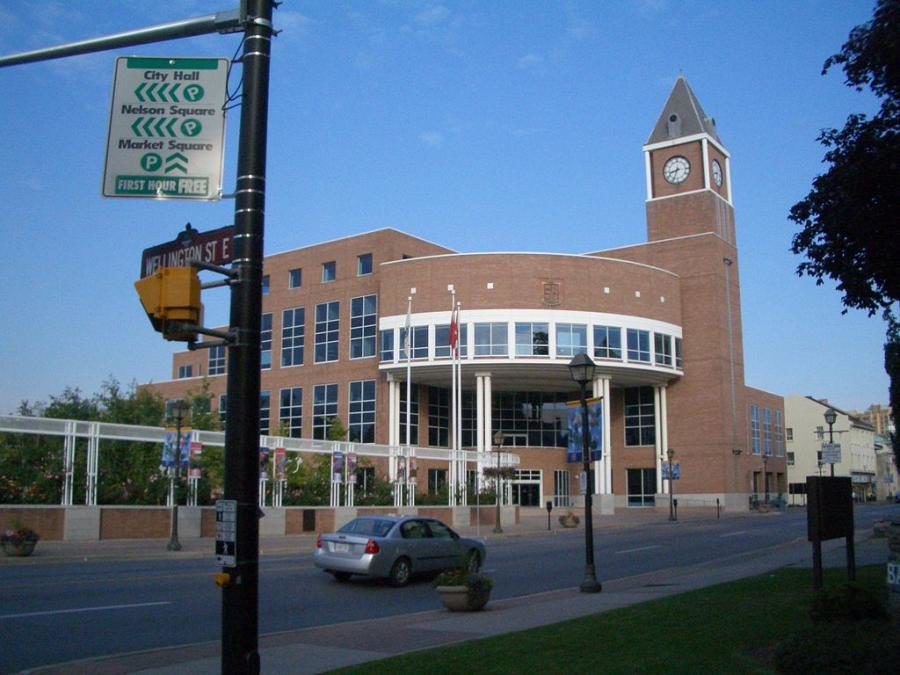Brampton’s ethnic media strategy an experiment in reaching out to newcomers
Efforts by the City of Brampton to reach newcomers through ethnic media will be an important test of how municipalities can better communicate with newcomers, particularly those who struggle with English.
By Isabelle Docto for the Ryerson Journalism Research Centre
Efforts by the City of Brampton to reach newcomers through ethnic media will be an important test of how municipalities can better communicate with newcomers, particularly those who struggle with English, new research suggests.
The study, by Ryerson University journalism professor April Lindgren, examines the evolution of Brampton’s ethnic media strategy over the past decade.
“I knew that [Brampton] had a large number of media that served the Punjabi-speaking community,” Lindgren said. “A decade or so ago, a research study showed that the city’s policies in general weren’t all that welcoming to newcomers. But then in 2015 Brampton introduced a new ethnic media policy that is probably the most pro-active in the country. I wanted to investigate the reasons for this dramatic shift in attitude.”
Lindgren said local ethnic newspapers, websites and television programs play a key role in making local news and information accessible to immigrants, particularly those who are not fluent in English or French.
“Telling local stories is a really important role for ethnic media,” she said. “It helps newcomers to understand everything from the practical things, like what are the rules for clearing snow off the sidewalk, to intangible things such as what does this society value.”
Methodology
Lindgren used Kristin R. Good’s book “Municipalities and Multiculturalism: The Politics of Immigration in Toronto and Vancouver” as the starting point for examining Brampton’s evolving communication policy. Good’s 2004 fieldwork showed that Brampton officials were generally unresponsive to the dramatic demographic changes happening in the city. The city’s population surged by more than 60 per cent between 2001 and 2011, mostly the result of immigration. More than 17 per cent (91,345 people) of city residents now identify Punjabi as their mother tongue, which Statistics Canada says makes it the second most frequently spoken language after English.
The number of ethnic media outlets also expanded rapidly so that today about 50 ethnic news organizations — including 40 that target South Asian groups — receive press releases from the city.
Brampton’s communications department tried to reach out to its newest residents in 2007 by expanding the distribution of English-language news releases to include ethnic media. But Lindgren’s research showed this didn’t have much effect.

